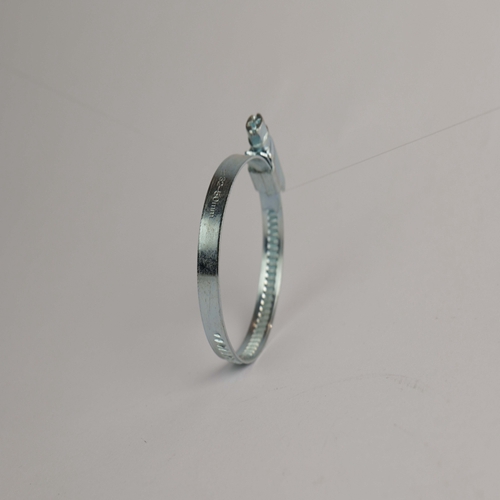- Phone:+86-17331948172 +86-0319-8862898
- E-mail: inquiry@puxingclamp.com
авг. . 14, 2024 00:51 Back to list
Exploring the Benefits and Uses of Compression Hose Clamps for Secure and Effective Connections
Understanding Compression Hose Clamps Essential Components for Secure Connections
Compression hose clamps are indispensable tools in various applications that require the secure connection of hoses and tubing. Found in automotive, plumbing, and industrial settings, these clamps are designed to hold hoses tightly around fittings and nozzles, preventing leaks and ensuring reliable performance in systems that transport liquids and gases.
What Are Compression Hose Clamps?
Compression hose clamps are mechanical devices that encircle a hose, tightening it around a fitting through a threaded adjustment mechanism. They are typically made from durable materials such as stainless steel, zinc-plated steel, or plastic, providing resistance against corrosion and operating conditions. The design of a compression hose clamp often consists of a band, a screw, and a housing, which work together to create a strong grip.
How They Work
The principle behind a compression hose clamp is simple yet effective. When the clamp is tightened via the screw, the band compresses the hose against the fitting, creating a seal that prevents fluid or gas from leaking out. The clamp can be adjusted as necessary, making it a versatile solution for various hose sizes and types. This adjustability is particularly advantageous in applications where temperature fluctuations or vibrations may cause hoses to loosen over time.
Applications of Compression Hose Clamps
1. Automotive Industry Compression hose clamps are extensively used in the automotive sector to secure radiator hoses, fuel lines, and vacuum hoses. Their reliability is crucial in maintaining the efficiency and safety of vehicle operations.
2. Plumbing In plumbing applications, these clamps are often employed to connect flexible hoses to rigid fittings in both residential and commercial installations. A secure connection is vital in preventing leaks that could lead to water damage or costly repairs.
compression hose clamp

3. Industrial Use Many industries employ compression hose clamps in their production processes, particularly in systems that transport oil, chemicals, or steam. The clamps’ durability under extreme conditions makes them ideal for high-pressure applications.
4. Home and Garden They are also commonly found in garden hoses and irrigation systems, ensuring that water flows efficiently without the risk of leaks.
Choosing the Right Compression Hose Clamp
When selecting a compression hose clamp, several factors should be considered
- Material The material of the clamp should be compatible with the fluids it will be exposed to, especially if they are corrosive. Stainless steel is often a preferred choice for its resistance to rust and longevity.
- Size It is important to choose the correct size to ensure a tight fit without damaging the hose. Clamps typically come in various sizes, and proper sizing is crucial for effective sealing.
- Ease of Installation Some clamps are designed for easy installation, requiring only a screwdriver for adjustment. Others may require more specialized tools, which could be a consideration depending on the application.
Conclusion
Compression hose clamps play a vital role in ensuring the integrity of hoses in a wide array of applications. Their simple yet effective design allows for secure connections, preventing leaks that could result in significant operational issues. When selecting compression hose clamps, it is essential to consider factors such as material, size, and installation ease to ensure optimal performance. With a wide variety of options available on the market, these clamps continue to be a go-to solution for both professionals and DIY enthusiasts alike.
-
Durable Hose Clamps with GPT-4 Turbo Tech | Secure Sealing
NewsJul.31,2025
-
Large Stainless Steel Adjustable American Type Hose Clamp - Hebei Pux Alloy Technology Co., Ltd|Corrosion Resistance&High Breaking Torque
NewsJul.30,2025
-
Large Stainless Steel Adjustable American Type Hose Clamp - Hebei Pux Alloy Technology Co., Ltd
NewsJul.30,2025
-
Large Stainless Steel Adjustable American Type Hose Clamp - Hebei Pux Alloy Technology Co., Ltd|Corrosion Resistance&Industrial Applications
NewsJul.30,2025
-
Large Stainless Steel Adjustable American Type Hose Clamp-Hebei Pux Alloy Technology Co., Ltd|Corrosion Resistance, Adjustable Design
NewsJul.30,2025
-
Large Stainless Steel Adjustable American Type Hose Clamp - Hebei Pux Alloy Technology Co., Ltd. | High Breaking Torque & Corrosion Resistance
NewsJul.30,2025




